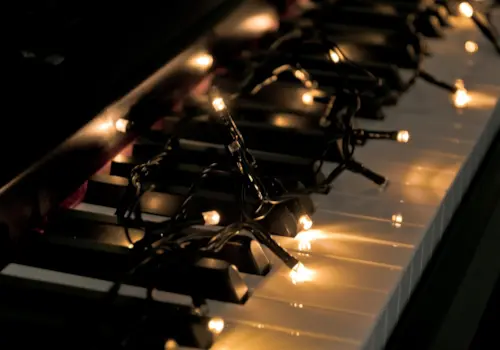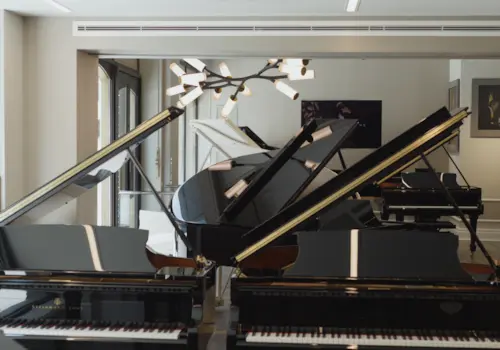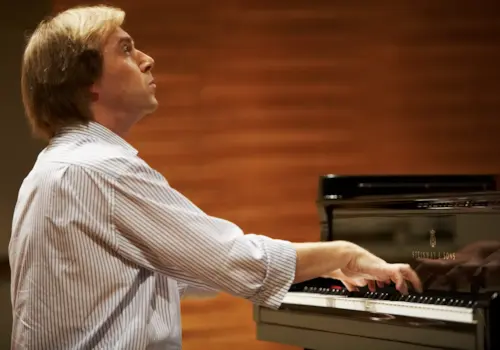20 October 2025
|
Do we really need to work on our aural skills when there are so many other things to get done during precious practice time at the piano? There’s no escaping the benefits, says Matt Ash, who offers up some handy learning tools to boot
I’ve never heard anyone claim that aural training is a highlight of their musical exploration. In fact, it is often identified as a source of stress in exam preparation. So, does it really matter? That depends on whether you see yourself as a musician who plays the piano, or a pianist who plays music.
Firstly, what does aural training mean? In short, it’s about bringing together skills in listening, understanding and responding to nourish your development as a musician. It may seem like an annoying hurdle, but the value to your future playing and learning is extensive. Most of this work is done away from the piano bench, but then applying the learning at the piano is the intended result.
Sight-singing
Sight-singing is one of the most fear-inducing components of aural work, in part because we wouldn’t all call ourselves singers, not to mention that being separated from our instrument can leave us feeling a bit exposed. Remember, nobody expects us to be the next Renee Fleming or Bryn Terfel; it’s about the ability to read a melody and translate it into sound. It takes some practice, but it is very useful to be able to sit in front of a piece of music and make some sense of a melody by singing it silently in our heads (or aloud) before we set our fingers to playing it. It can give us a sense of how to phrase the melody, building a musical approach into our work on a new piece instead of simply note bashing. The benefits will be much greater by sight-singing unfamiliar music.
Intervals, chord progressions and cadences
Identifying intervals, chord progressions and cadences brings similar benefits. Building these skills gives the facility to scan a piece of music before playing – to assess its shape and structure. Developing the ability to do this by ear brings life to the theory skills you are developing alongside. Again, this brings us to a new or familiar piece from a musical standpoint, giving us an overview of what lies ahead. It is also helpful in working out how best to use handshapes and fingerings, even in the early stages of learning or revisiting a piece.
Understanding the harmony enhances interpretation, the pace and sequence of harmonic change informing both tempo and melodic shape. It’s helpful to consider elements of the music separately, but it’s also vital to consider the relationship between them. This is done primarily in listening activities but further thought at the piano is very valuable. Choose a new piece or one you already know, play the right-hand melody on its own first, and then play it again with the bass line before finally playing melody, bass line and any inner parts or chords together to see how it influences your thinking.
Clapping rhythms
Clapping rhythms is another activity which puts us on the spot, but again it’s better to see this as an opportunity rather than as a test. At a basic level being able to look at a score and make sense of pulse and rhythmic patterns is essential to early understanding of a piece, and again brings musicality to our work from the outset. The starting point is to identify the time signature and tempo marking, and to look for any changes in metre. These things shape the flow and rhythmic inflections of the piece; building awareness before putting fingers to keys brings more understanding of the music from the start.
As with sight-singing, practising identifying intervals and clapping rhythm out loud will prove invaluable when learning new music. You may be one of many players who, alongside learning music by other people, likes to improvise and compose, both activities which can benefit hugely from the development and application of aural skills. Whatever style of music you’re creating, being a fully rounded musician opens a wider vista of possibilities, giving you a broader canvas on which to paint.
Much to discover
It struck me on a visit to a recent Music & Drama Education Expo in London that developing aural skills is so much more accessible and engaging than it used to be. There’s a vibrancy in the productive use of technology rather than for its own sake, with a level of interactivity that has been absent until recently. So, if you are learning without a teacher or lesson time passes too quickly to cover aural work, there’s no need to worry.
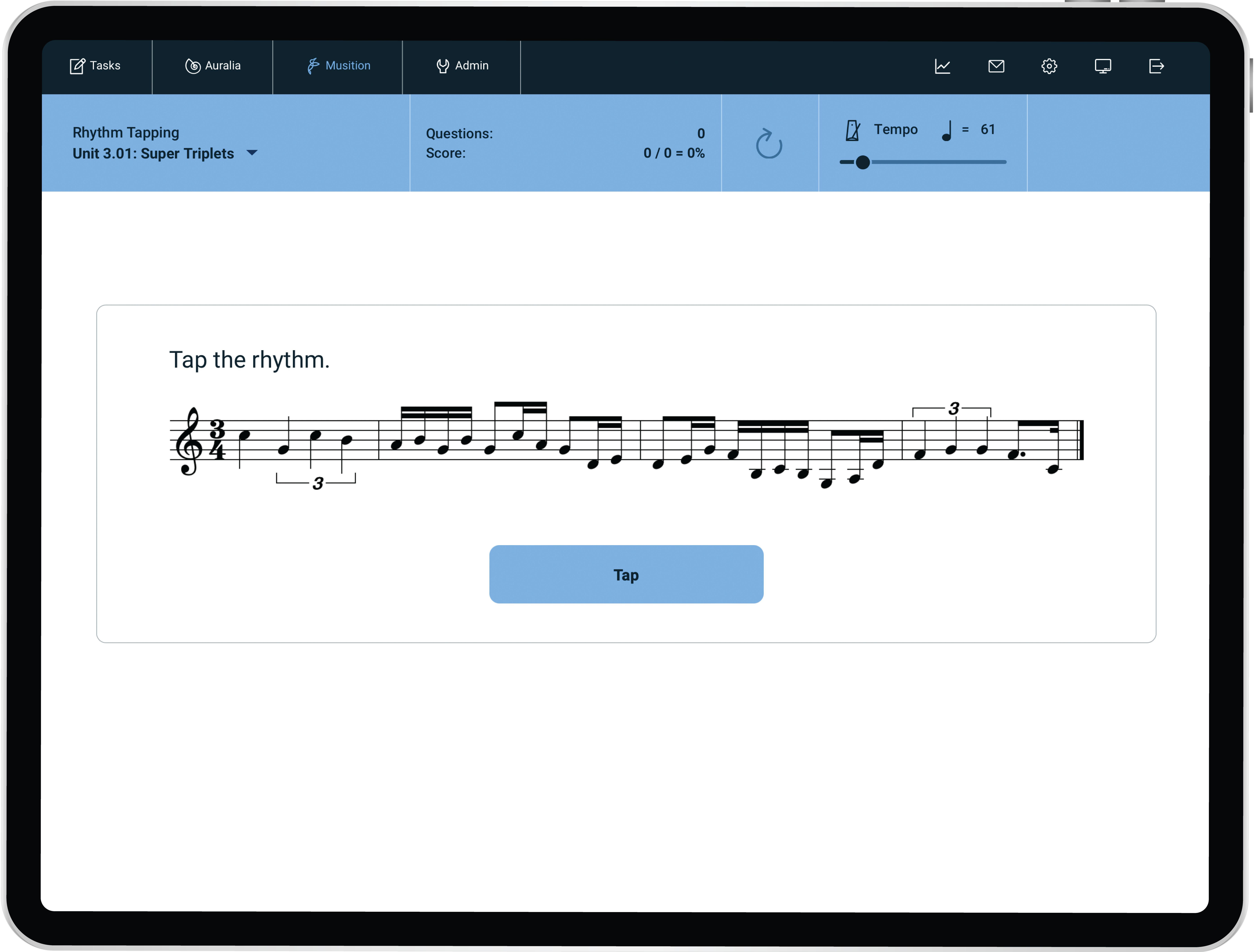
Auralia's rhythm-tapping exercise
One offering which grabbed my attention was an online platform called Auralia – a highly interactive website from Rising Software – which covers the entire universe of aural skills across 59 topics, graded to match the arc of your musical development. You can go as far as you wish with the curriculum offered by the platform and the sky’s the limit, but even if you only explore the basics you will build skills which enhance your playing beyond simply playing the notes.
The rhythm section of Auralia includes the basic identification of time signature, comparison between two rhythms and rhythm dictation in all time signatures and every note value. Options include tapping and notating rhythms, so there’s opportunity to choose what suits you best.
Similarly, the Intervals and Scales section offers exercises including singing the second note of a required interval, singing scales and modes displayed on screen, and listening to a musical extract to identify its tonality.
Pitch and Melody exercises make use of your computer’s microphone to assess your sight-singing of a melody, as well as providing opportunities to develop recognition of chords and cadences, counterpoint singing and pitch dictation.
Within all sections of Auralia you can start at your current level and build your skills to an advanced standard using interactive exercises rather than dry books and practice papers – and the instant feedback enables you to understand which skills need further practice.
At present only teachers or schools can adopt the Auralia programmes; subscriptions can be connected to that account either via the teacher or by the student. If you’re reading this as a teacher it’s well worth exploring. I’ve been told the company is due to launch individual subscriptions later this year, making it available to all types of learners. Rising Software also offers a music theory platform called Musition.
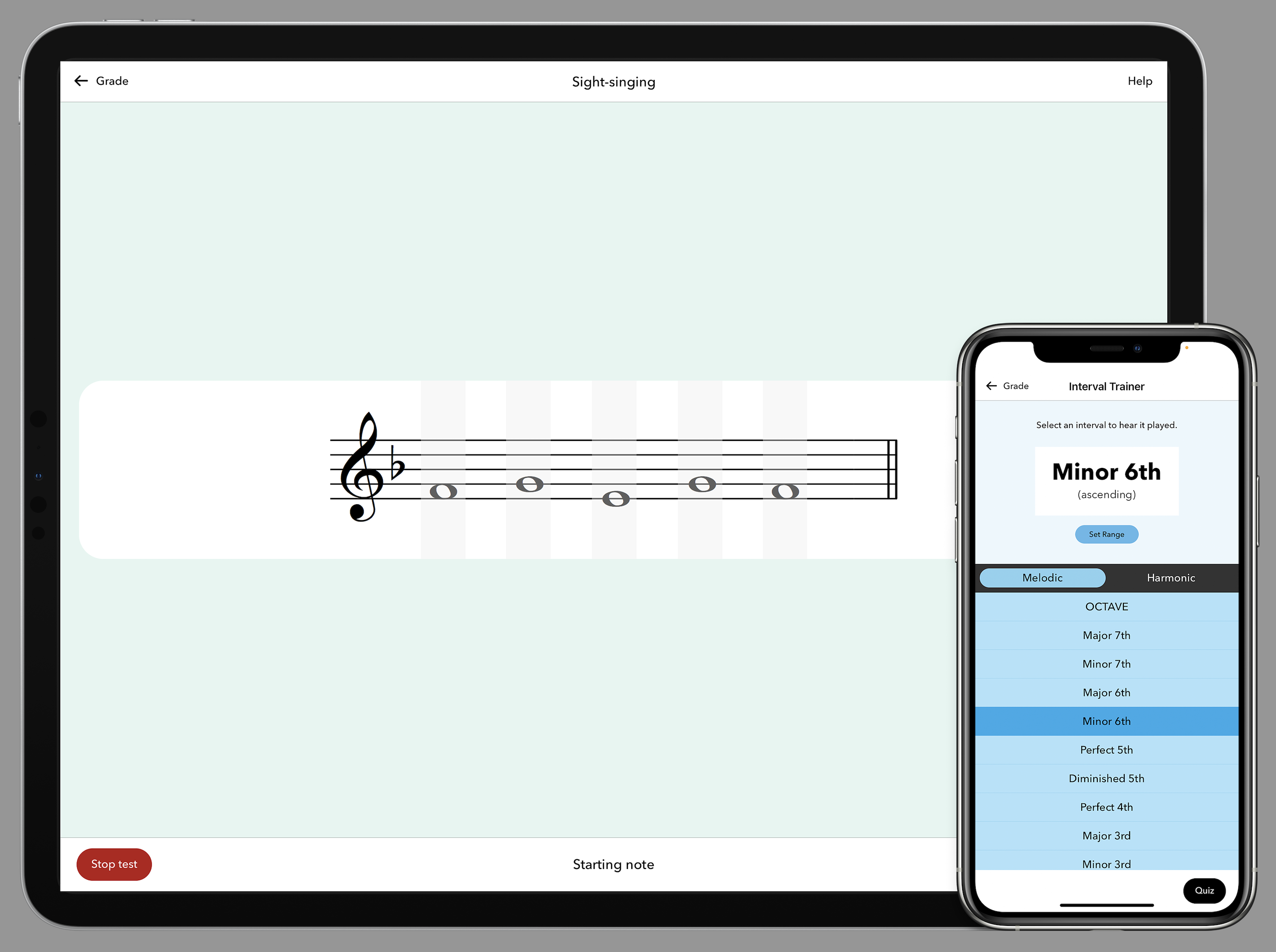
Aural Trainer from ABRSM
Experts and alternatives
Wherever exams are mentioned, ABRSM is always in the mix, and they offer an Aural Trainer app for iOS devices. ABRSM stresses that ‘Aural Trainer is not designed to replace conventional approaches to aural practice but to supplement them’. The exercises within the app cover all aspects of the tests, using material which matches the standards required in the exam. The app marks responses and includes tools enabling you to compare your answer with sample responses. There are two versions of Aural Trainer to cover the grades – Aural Trainer 1-5 and Aural Trainer 6-8 – with exercises including pulse and metre, echoes, melodic repetition, sight-singing, musical features, rhythmic repetition, modulations and cadences. There’s Aural Trainer Lite which gives you the chance to sample the app without cost (the two full versions of Aural Trainer cost £7.99 each).
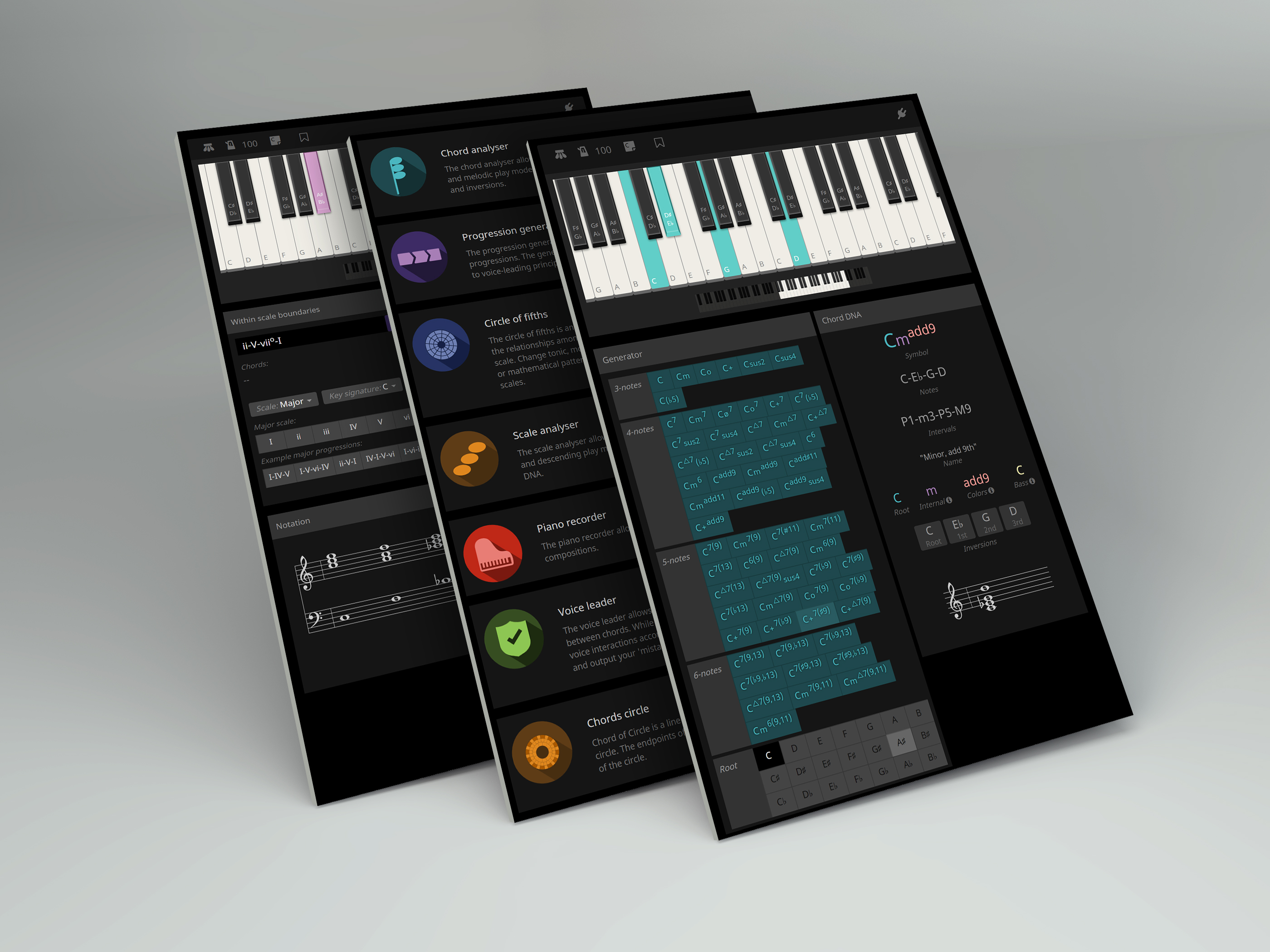
Tools galore from ToneGymn
An interesting alternative is ToneGym, which gamifies ear training to make it feel less of a grind and more like fun. As the name suggests, the site offers a daily musical workout which may be just up your street. ‘Melody Hunter’, for example, plays you a melody and then provides you with an on-screen keyboard to see if you have remembered it enough to play it back. This may take some practising, but there are tools for tracking your progress. ‘Rhythmic Parrot’ plays a rhythm which you then have to repeat back by tapping on the space bar, whilst ‘Route VI’ tests you on identifying chord progressions. There’s a whole host more of such games on ToneGym and if this approach suits your learning style it could help you to make significant progress, but as with any method it won’t suit everyone. If you really want to up the stakes there is even a competitive element with prizes to be won. Anyone, whether teacher or learner, can sign up to this one, so it’s worth having a look at the website to see if it fits your needs.
Whether you use Auralia, Aural Trainer, ToneGym or an alternative more traditional approach, I encourage you to continue developing aural skills as your keyboard skills advance; the greater your understanding of modulations, chord progressions and form, the more you will be a musician playing the piano rather than someone who simply plays the piano. Remember to always go back to the music itself, practising and applying any learning from software-based activities to your playing.



